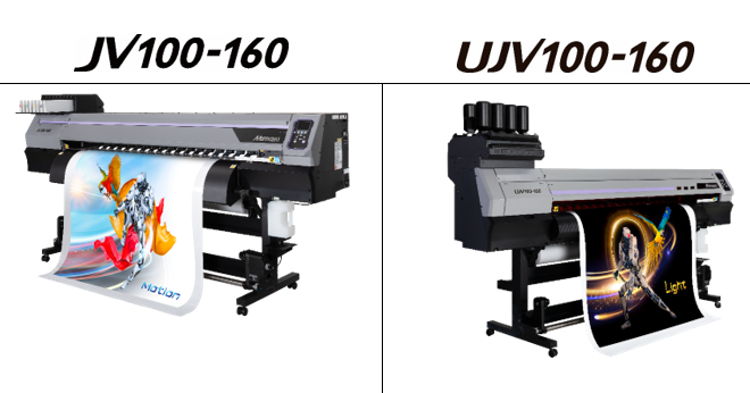Global Graphics Software has licensed the Harlequin RIP to Mimaki Engineering, a leading manufacturer of wide-format inkjet printers, cutting plotters, and 3D modeling machines, to create the new RIP software RasterLink7 that will be available with Mimaki printers worldwide from December 2020.
Mimaki printers are used by sign and graphics, textile and apparel, and industrial printing professionals around the globe. RasterLink7 improves performance and enhances quality as well as introducing new features such as variable data printing for applications such as sports apparel, card printing, name tags stickers and labels. Shipments are expected to be in the region of 10,000 Units a year.
RasterLink7 was announced by Mimaki on 4 November at the launch of their new JV100-160 and UJV100-160 presses for sign and graphics.
“Our objective in choosing Harlequin as the core of our genuine Mimaki RIP is to improve the performance of our products.” Says Satoshi Kaneko, General Manager of software design department, MIMAKI ENGINEERING CO., LTD.. “Customers will see that the RIP processing time for PDF files is considerably shortened. There are significant quality improvements too; PDF transparency processes correctly and we have found that the expression of thin lines is improved.”
Global Graphics’ local office in Tokyo provided responsive technical support to Mimaki. They worked closely with Mimaki engineers in a number of areas to introduce unique functionality for Mimaki customers. These included multi-layer printing, the replacement of colors in graduated tints, exporting contours for cutters, and the addition of texts and graphics to submitted jobs for variable data printing. The variable data feature was implemented using the dynamic overlays in Harlequin which are specifically designed for those printing applications that require a simple form of VDP support. It combines a single background page with overlay graphics, such as text and images, that are selected using data from a file supplied in CSV format.
Harlequin is a Raster Image Processor, or RIP. A RIP is a tool for converting a page description language such as PostScript or PDF into a format that a printing device such as an inkjet printhead, toner marking engine or laser platesetter can understand. The format that it outputs may be a raster file format such as TIFF, or it may be a stream of raster data that is delivered more or less directly to the printing device. The exact format delivered may be tuned for each integration.





